Beginners 101 – What is a Motherboard?
Behind every fast gaming rig, there is something that acts as the central hub or home to all of your computer components, providing them with all of the resources they require in order to run. This central hub is known as the Motherboard, also sometimes called the Mainboard.
Motherboards such as the Z590 AORUS MASTER are the driving force behind every piece of hardware that makes up your gaming PC and is one of the most important if often overlooked components in your entire PC.
But what exactly is a Motherboard? Well, today we are going to take a beginners 101 dive into the world of Motherboard circuitry and learn some of the fundamentals about what it is and why it is so important.
The Central Hub of Your Entire PC
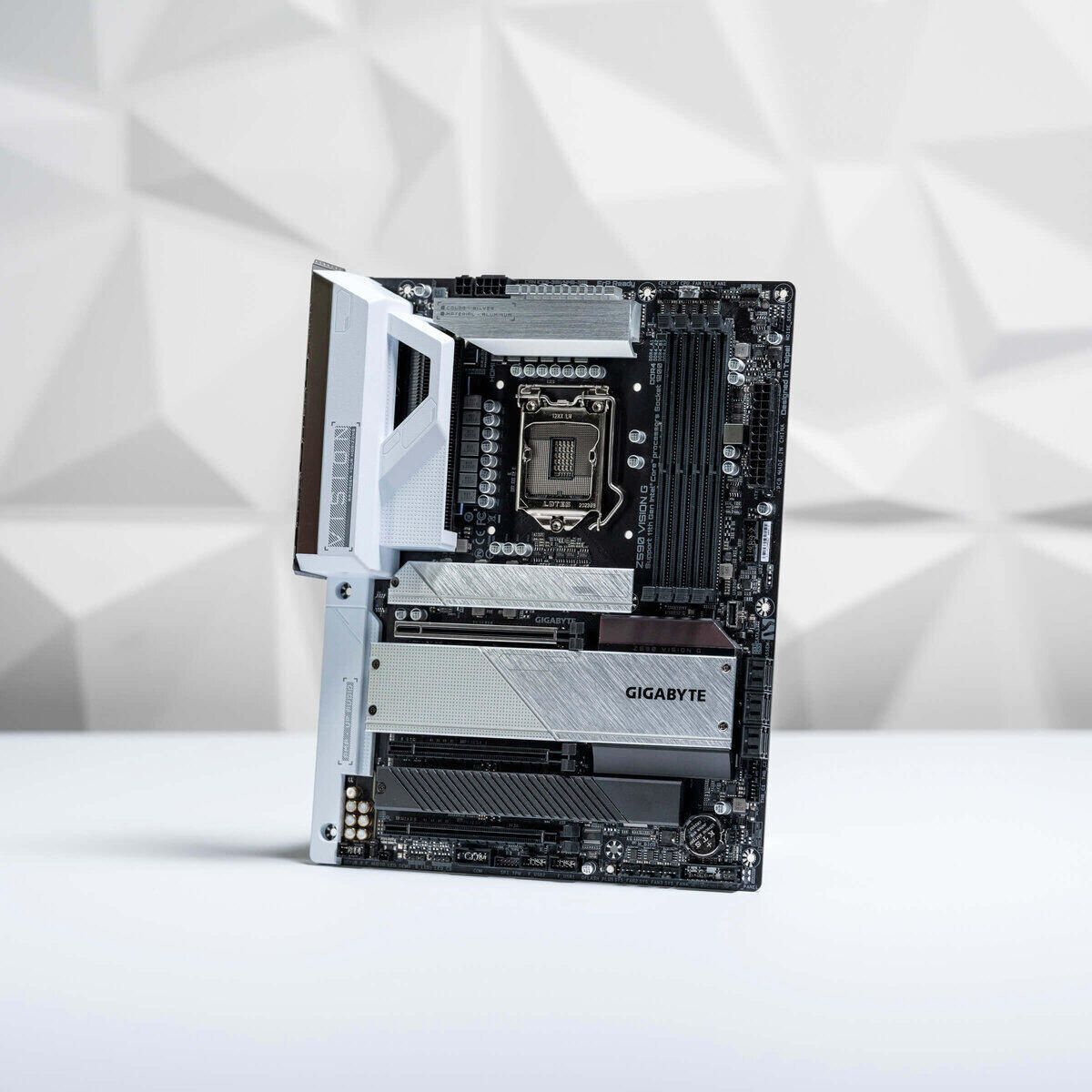
As mentioned earlier, the Motherboard is the central hub of the entire computer and is the driving force behind all of your computer hardware. You know your RAM, Graphics Card, CPU and Soundcard? Well those would not be able to function if it wasn’t for the motherboard.
The Motherboard distributes the electrical power from the PSU to the components within PC, providing them with the power they need to run.
Not only does it distribute the power but it also allows all of the components to communicate with each other so that the PC can function as one system. Because of the Motherboard, hardware is able to send and receive information from between each other which ends up with you being able to play those latest PC games and watch your favorite YouTuber or Netflix show.
What makes up a motherboard?
The Motherboard is where your physically connect your computer components when you are building your PC, but this wouldn’t be possible if not for a bunch of slots, sockets, and connectors.
CPU Socket
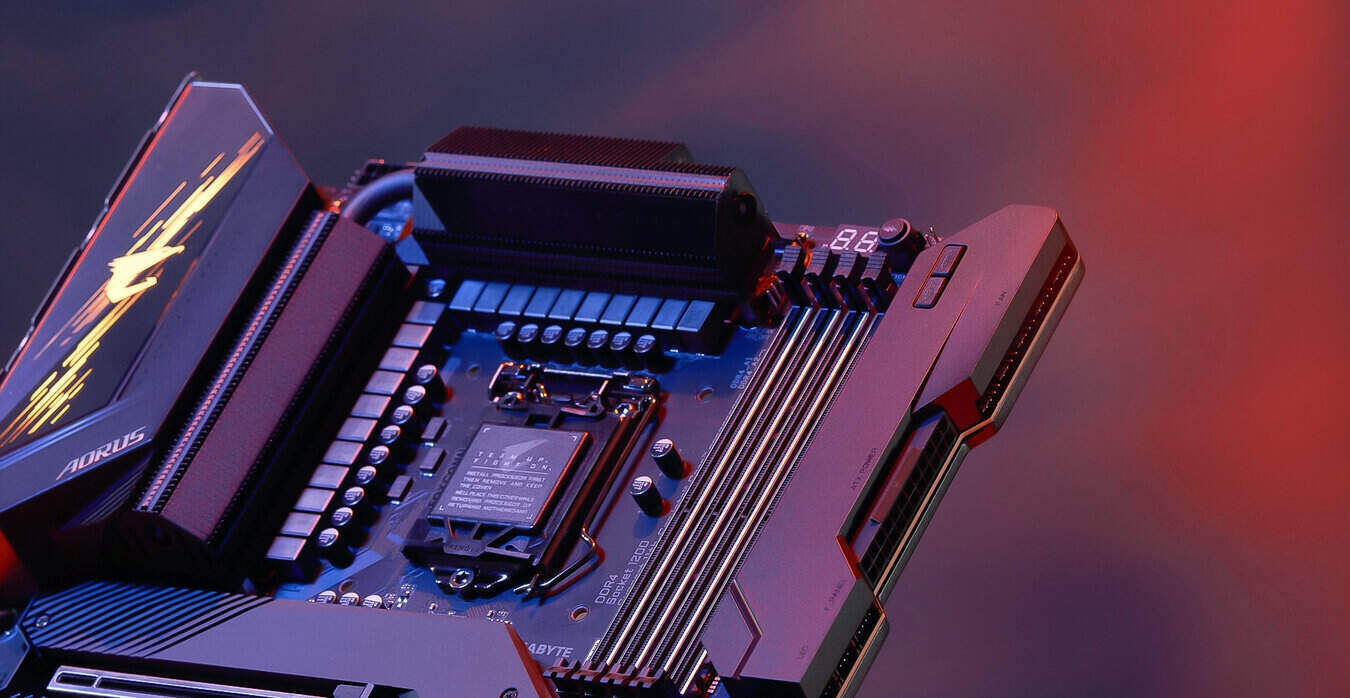
The CPU socket is essentially the brains of the entire system. This is where you connect your processor which is responsible for executing all of the different commands and instructions. IT really is the big brain that runs everything.
The CPU socket is designed in a way that it is very easy to install the processor and is just a case of dropping it into the socket the right way around and closing the lever.
There are two main types of CPUs that are available and they are Intel and AMD. Although Intel and AMD differ slightly when it comes to the physical CPU, they both provide the same function as each other.
Because there is a physical difference between Intel and AMD CPUs this means that the CPU socket varies a little on motherboards.
RAM Slots
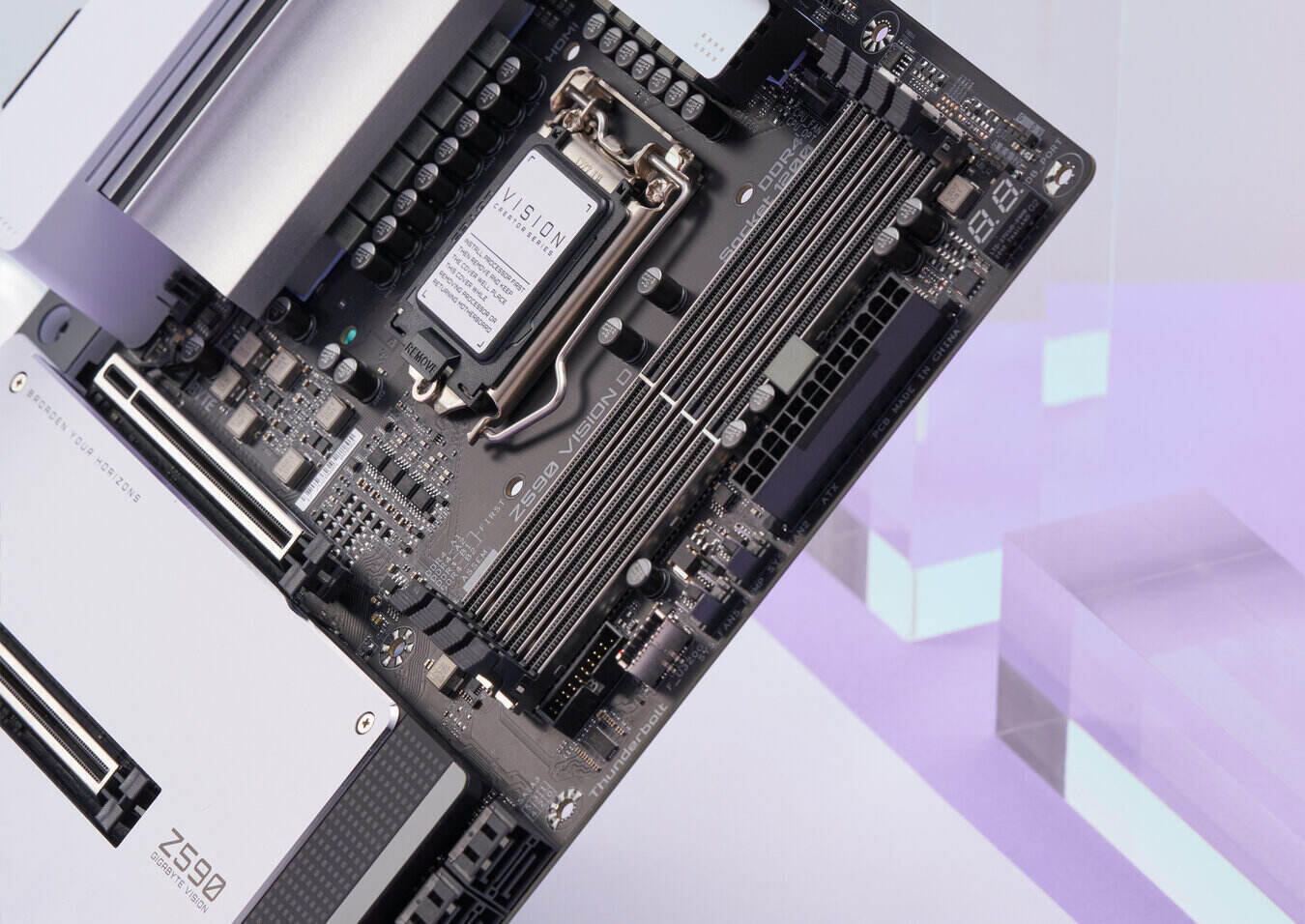
The RAM slots are where you connect the memory for the computer which is responsible for storing information that needs to be accessed quickly.
The current standard for RAM is DDR4 and on the motherboard, there are a number of long memory slots that allow you to easily connect your RAM.
Most commonly, there are 4 slots that allow you to connect 4 sticks of RAM and they contain 2 different channels which allow dual-channel memory.
Dual-channel memory improves the overall performance of the memory. Installing some quality AORUS Gen4 7000 SSD will ensure that your gaming rig performs at its optimum best.
PCIe Slots
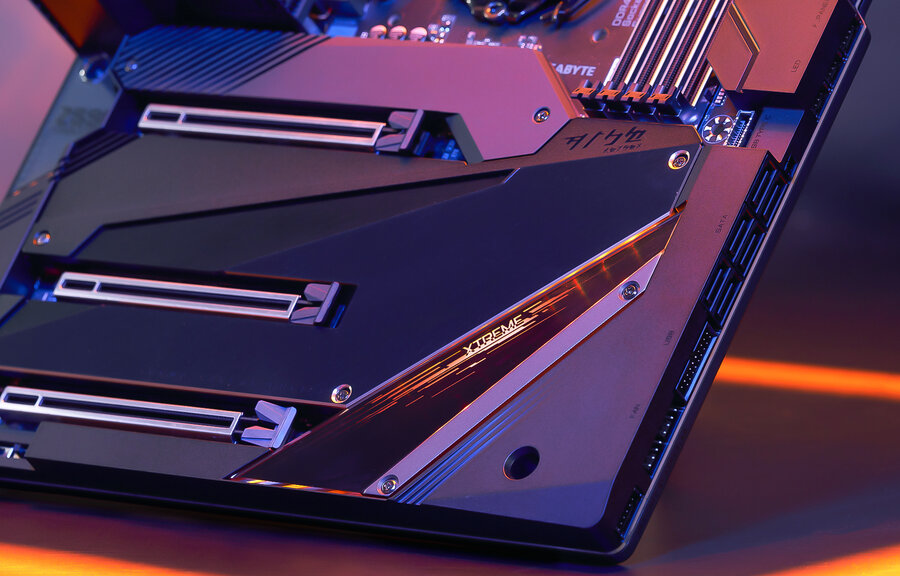
PCIe slots are where you connect your expansion cards and where you connect your graphics card. So when it comes time to install your graphics card so you can use your brand new AORUS 4K gaming monitor, this is where you will be putting it.
There are various PCIe Slots on the motherboard which provide connections for various hardware.
Power Connectors
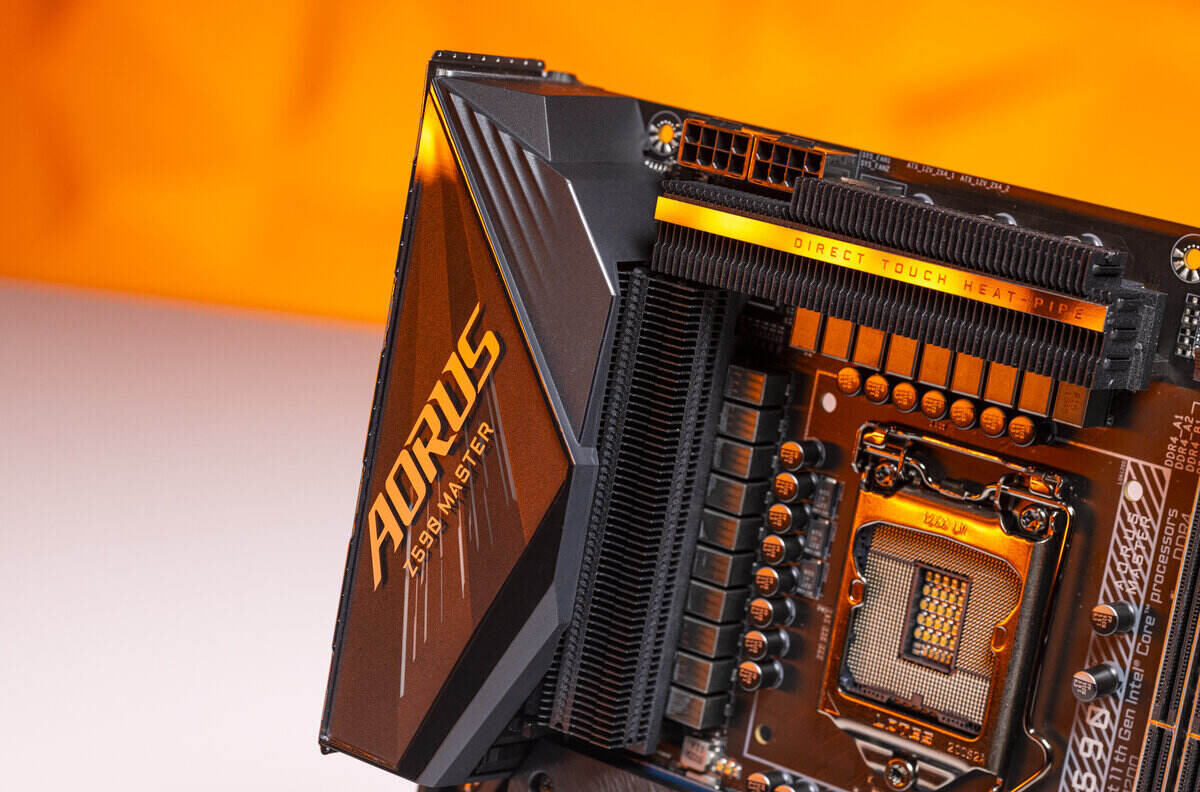
The power connectors are where you connect the Motherboard to your power supply. There are 2 main power connectors, the Motherboard power port, and the CPU power port.
Most commonly, the Motherboard power port makes use of a 20+4 pin connection and which is where power is delivered from the PSU to the Motherboard.
The CPU power is located near the CPU socket and is responsible for delivering power to the CPU.
Front Panel Connectors
On the front of your computer case you will often find a power button, reset button, some USB ports and some activity lights. These all need to be hooked up to the motherboard in order to function.
This is where the Front Panel connectors come into play. Connecting the small wires from the front panel of the case to the Font Panel connectors on the Motherboard allows the cases front panel interface to communicate and interact with the computer.
SATA Ports
Every computer makes use of hard drive storage, whether it be SSD drives or your standard 3.5 inch hard drives. The SATA ports on a Motherboard allow you to connect the hard drives allowing for data to be written and read from them.
M.2 Slots
Modern computers make use of new, ultra-fast storage known as M.2 SSD drives. These storage drives are currently the fastest storage available to consumers and are key to faster boot times and greater gaming performance.
The M.2 slots on the Motherboard is where these super-fast storage drives are connected.
Rear I/O Panel
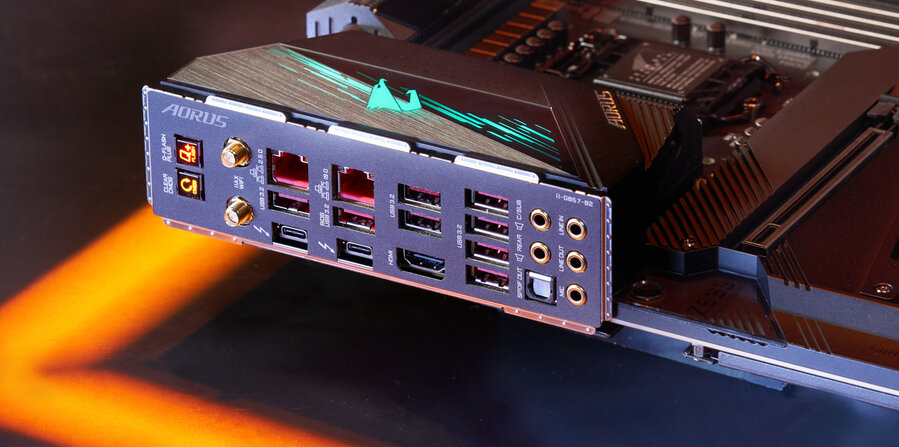
Lastly there is the rear I/O panel of the motherboard. This is where you will find all of the main input and output connections and is where all your external cables connect to.
The I/O panel is where you connect all of your peripherals. Your keyboard and mouse, ethernet cable and speakers all belong here.
The BIOS, Putting You in Control
With the Motherboard being the central hub of an entire PC there needs to be software that tells is exactly what to do and to control it. This is where the BIO comes in.
The BIOS acts as an interface between the hardware in your computer and the operating system software.
The BIOS provides you with an interface where you can configure various aspects of the computer’s hardware such and to setup your PC exactly how you want. In most cases people just leave the BIOS settings at their default but those looking to squeeze a little extra performance out of their system will venture unto the BIOS to overclock and tweak their hardware.
Overclocking allows the user to enter the BIOS and modify settings such as voltage, timings clocks and latency in order to push hardware past its stock settings gaining additional performance.
It is often best to practice caution when changing settings in the BIOS as changing the wrong settings can lead to system stability issues.
Learn More:
-Beginners 101 – What is a Graphics Card
-Beginners 101 – What is SSD and HDD Storage
- The Best for the pro - GIGABYTE Intel Z590 Motherboards
Tips for choosing:
-Beginners 101 – 5 Tips When Purchasing Your New Graphics Card
-Beginners 101 – 5 Tips When Purchasing RAM
-Beginners 101 – 5 Tips When Purchasing SSD and HDD Storage
-Beginners 101 – 5 Tips When Purchasing a Power Supply
-Beginners 101 – 5 Tips When Purchasing a Computer Case
-Beginners 101 – 5 Tips for purchasing a CPU cooler
-Beginners 101 – 5 tips to get started as a video game streamer